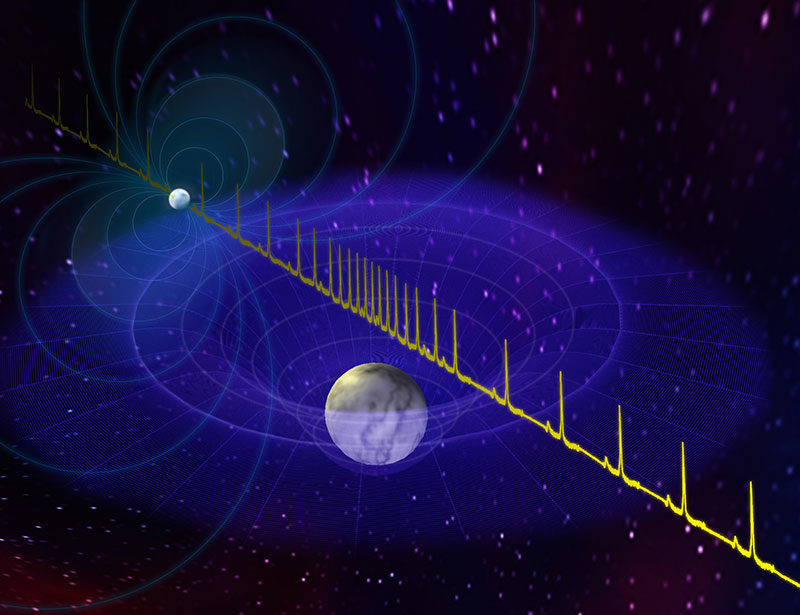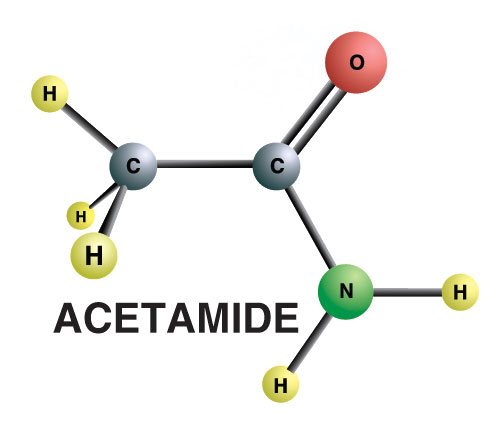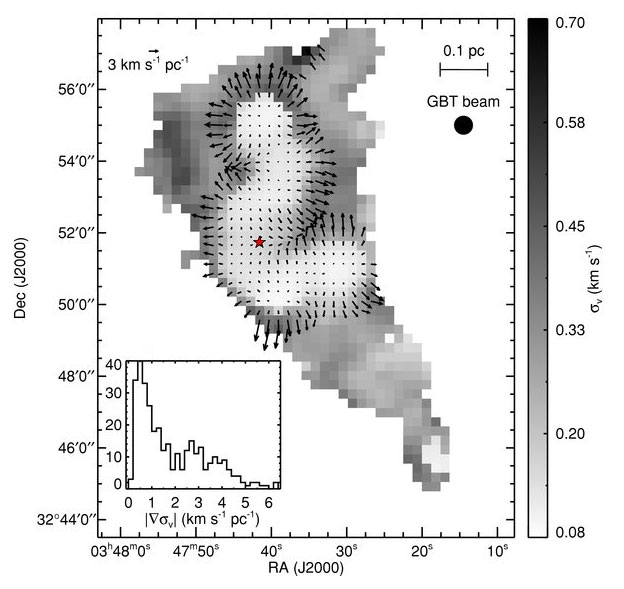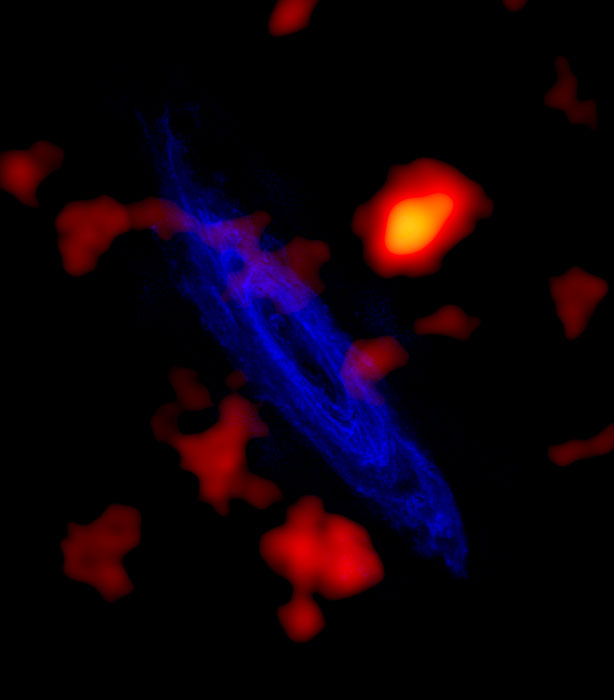Green Bank Telescope Discoveries
A new document describing some of the discoveries made by scientists using the Green Bank Telescope is now available on the NRAO science web site. The document emphasizes research that would be difficult or impossible to accomplish with any other telescope. A sample of these discoveries are briefly described below. Suggestions for further inclusions are welcome.

Measurement of the relativistic Shapiro Delay from a pulsar in a binary system led to the discovery of a two solar mass pulsar, the most massive ever detected, providing important constraints on our understanding of nuclear matter (Paul B. Demorest et al, 2010, Nature, 467, 1081).

The abundance of acetamide, (CH3CONH2), the largest interstellar molecule with a peptide bond, and that of other organic molecules detected in space with the GBT, challenges our understanding of gas-phase chemistry in the interstellar medium (J.M. Hollis et al., 2006, ApJ, 643, L25).

A sharp transition from turbulence to quiescence preceding collapse was detected in a molecular cloud core mapped in the NH3 line with the GBT (Jaime E. Pineda et al., 2012, ApJL, 712, 116).

A population of faint, high velocity HI clouds was detected with the GBT (red) around the HI disk of the Andromeda galaxy, M31 (blue: data from Westerbork). This gas provides fuel for continuing star formation in M31 (David A. Thilker et al., 2004, ApJL, 601, L39).




Connect with NRAO